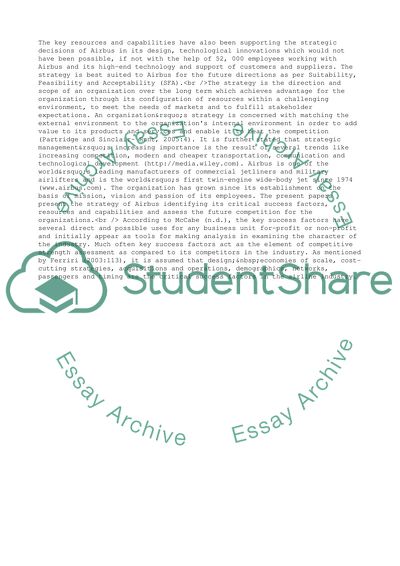Cite this document
(Strategic Management of Airbus Case Study Example | Topics and Well Written Essays - 2000 words, n.d.)
Strategic Management of Airbus Case Study Example | Topics and Well Written Essays - 2000 words. Retrieved from https://studentshare.org/management/1736247-strategic-management-2
Strategic Management of Airbus Case Study Example | Topics and Well Written Essays - 2000 words. Retrieved from https://studentshare.org/management/1736247-strategic-management-2
(Strategic Management of Airbus Case Study Example | Topics and Well Written Essays - 2000 Words)
Strategic Management of Airbus Case Study Example | Topics and Well Written Essays - 2000 Words. https://studentshare.org/management/1736247-strategic-management-2.
Strategic Management of Airbus Case Study Example | Topics and Well Written Essays - 2000 Words. https://studentshare.org/management/1736247-strategic-management-2.
“Strategic Management of Airbus Case Study Example | Topics and Well Written Essays - 2000 Words”. https://studentshare.org/management/1736247-strategic-management-2.


